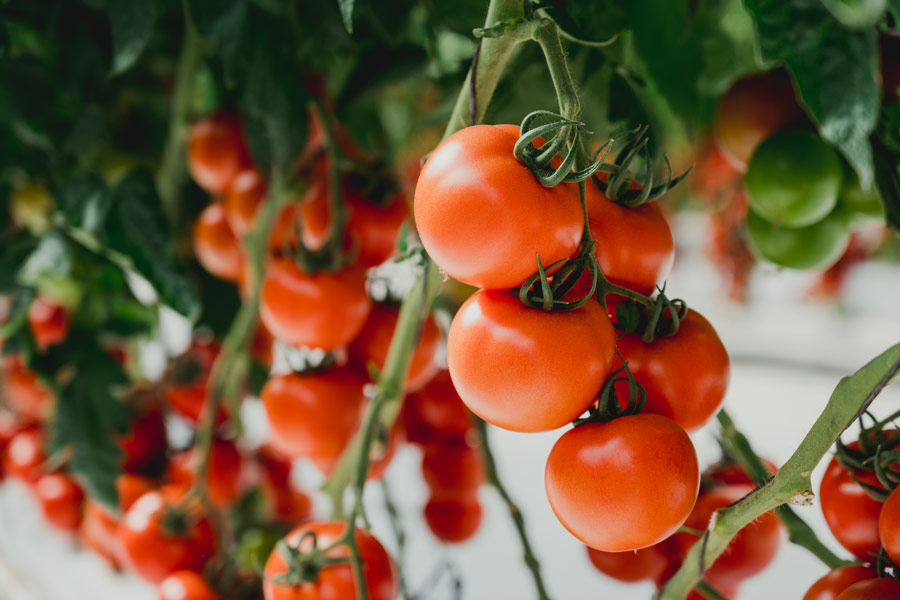AGRONOMIC ADVICE
5 Steps to Avoid Tomato Graywall Disease

Graywall, a tomato disease, typically develops on green fruit about 2-3 centimeters in diameter and causes yellow areas to appear with uneven ripening. As the fruit matures, the yellow areas turn gray and can become sunken. If you cut a tomato with graywall, you’ll see dark brown to black necrotic areas in the outer walls. The area around the necrosis remains firm and is “woody”.
What Causes Graywall?
The exact cause is unknown, but a higher incidence of the disease occurs on plants in low light conditions and in cool weather. Excess moisture in the soil could also be a contributing factor as well as imbalance in the potassium-nitrogen (P-N) ratio.
This disease is devastating to growers. Graywall tomatoes are poor quality and not marketable. Plus, it appears when the fruit is almost at the ripening stage, and costs for plant production have already added up. The percentage of affected fruit depends on the environment and tomato cultivar (a cultivated variety of tomato plants), but it’s common to find 40% of the fruit diseased on a susceptible cultivar.
How Do You Avoid Graywall?
Here are methods to control or avoid graywall in your tomato plants:
- Plant one of the many tomato cultivars highly resistant to graywall, developed for cultivation in the field and greenhouses. These cultivars are hardy even in disease-prone conditions.
- Plant tomato varieties that do not produce dense foliage.
- If you plant cultivars more susceptible to graywall, familiarize yourself with the correct potassium-nitrogen ratio in your fertilizer. The amount of nitrogen and potassium differ depending on the growth stage.
- If your plants are exposed to prolonged cloudy weather at the beginning of harvest, early defoliation should be carried out 15 to 20 days prior to harvest. Practice thinning the first clusters to allow light to pass through.
- If there are still frequent and prolonged cloudy days or large amounts of rain, besides defoliation, you can:
- Change or modify the frequency of irrigation
- Temporarily suspend nitrogen sources
- Keep the electrical conductivity (EC) of the soil undiluted. Pay close attention to this especially if the crop bed is not padded.
Graywall is a common problem for tomato growers, but if you follow our advice, you should be able to avoid it and have healthy tomatoes at harvest.
